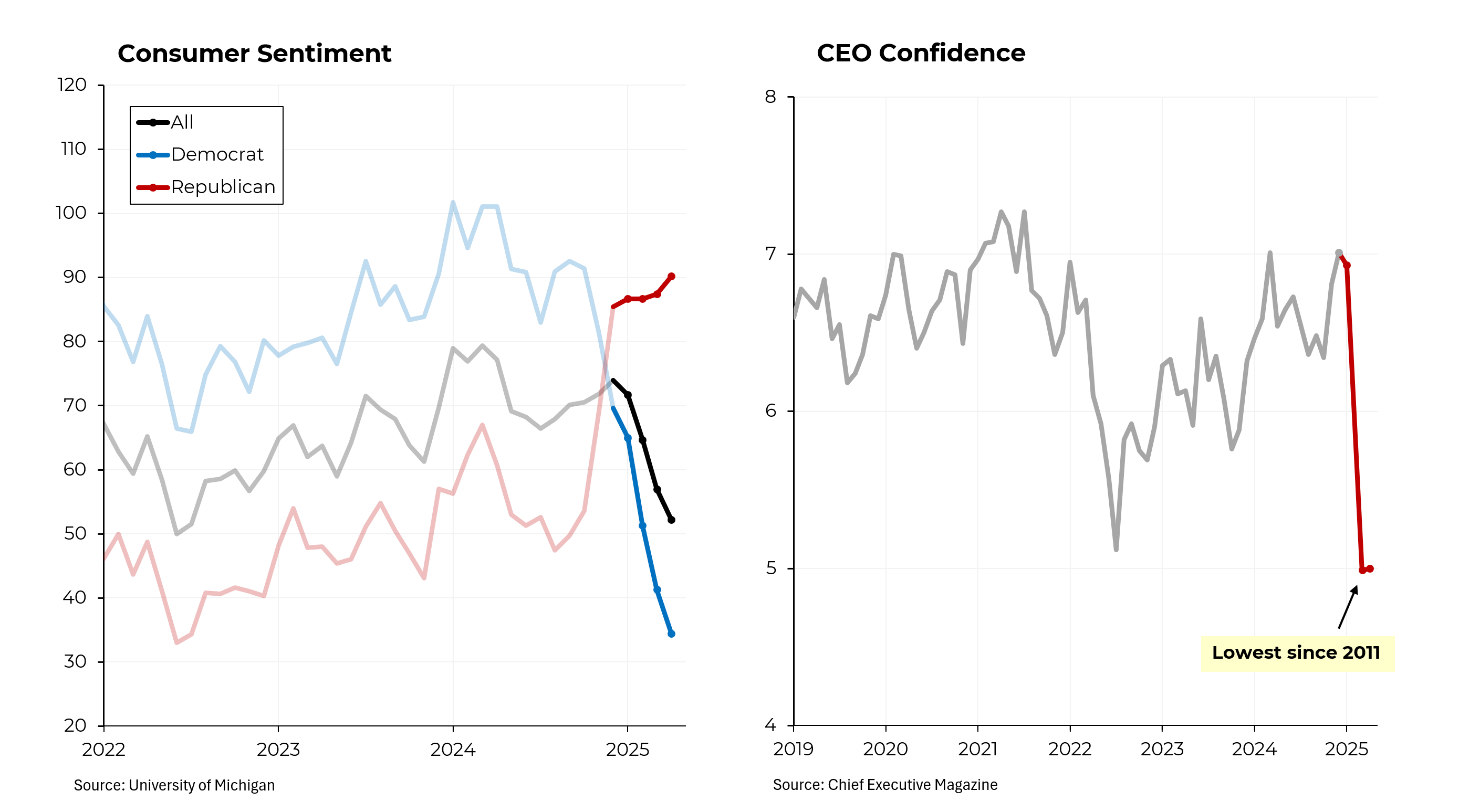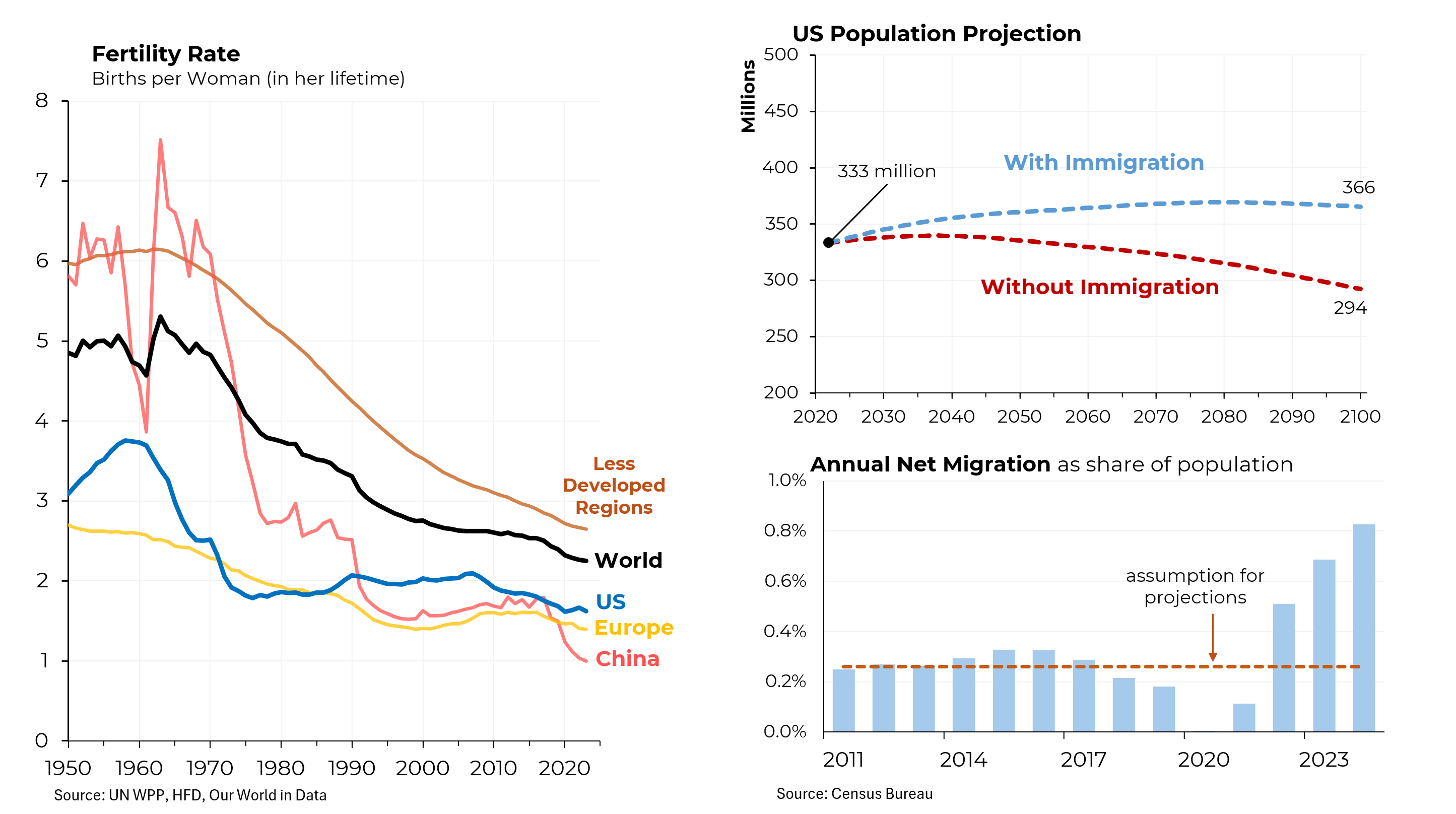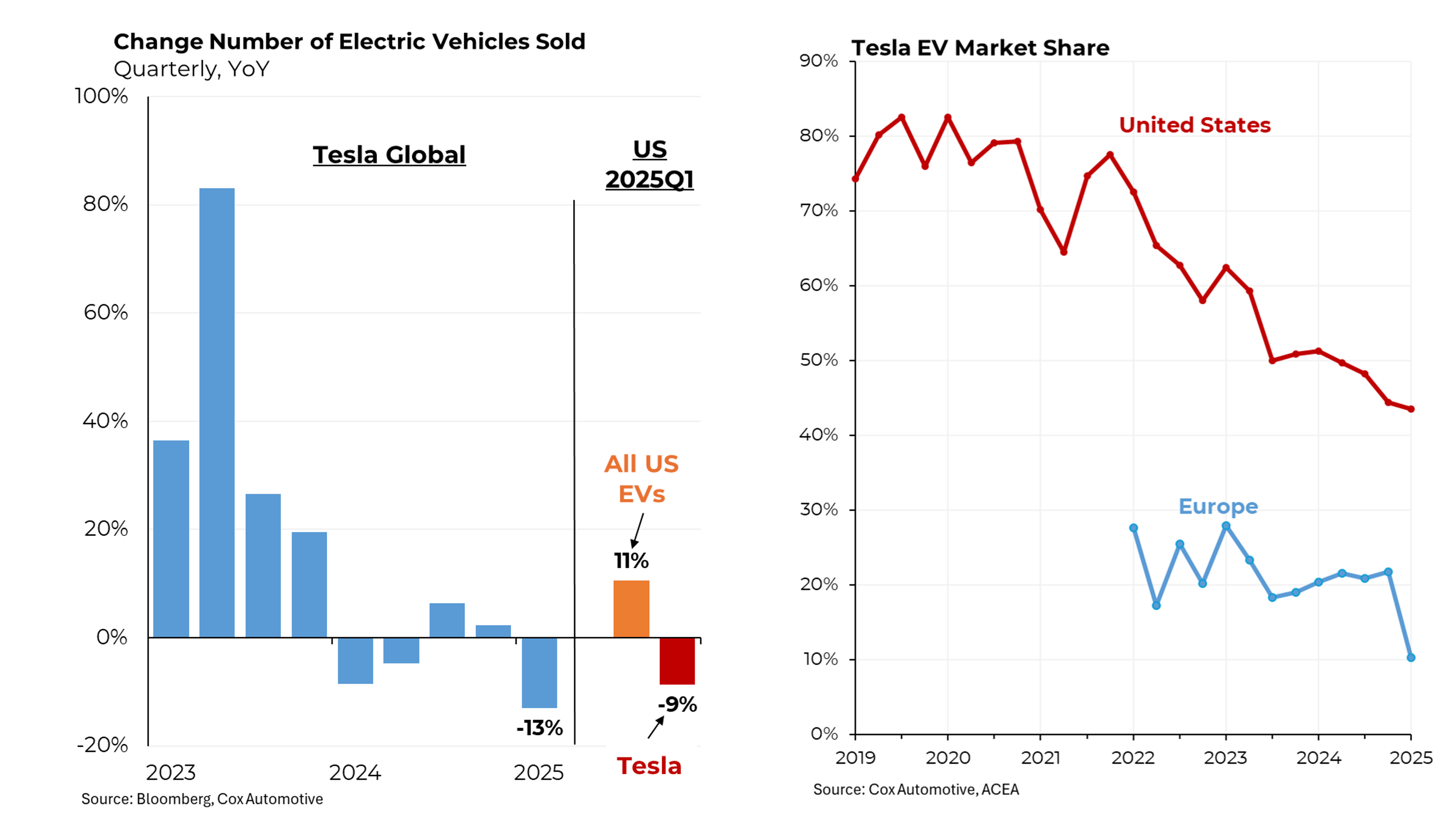As the deal between House Speaker Kevin McCarthy and the Biden White House over raising the debt ceiling inches toward approval, let’s take a look at the scoreboard and see who won and who lost. (Hint: Democrats should be happier than Republicans.) But despite the hard fighting, the deal only slightly reduces the nation’s large deficits and does so by cutting spending from a relatively small sliver of the budget.

Just over a month ago, the House passed its “Limit, Save, Grow” Act that would have dramatically slashed government spending for a decade, in contrast to the Biden administration proposal that would have continued to increase spending by modestly more than the inflation rate. The Republicans were also eager to make other changes – from imposing broad work requirements on recipients of federal assistance to repealing the Inflation Reduction Act’s energy tax credits.
On spending, the Republicans sought to reduce non-defense discretionary spending to $555 billion in the coming fiscal year, down from $744 billion this year. The final debt ceiling agreement, the “Fiscal Responsibility Act of 2023,” would provide for $704 billion of spending next year, just $40 billion below current levels. And the spending limits are only binding for two years, compared to the 10 years that the Republicans sought. Similarly, McCarthy sought to eliminate the $80 billion of extra funding for the Internal Revenue Service; the agreement provides for no more than $21.5 billion to be cut and possibly less. (Ironically, cutting the IRS budget increases the deficit because tax collections would be lower.)
The resolution of work requirements for public assistance recipients, student loan forgiveness and rolling back the IRA tax credits is similarly tilted toward the Democratic position.

Another way to look at the spending part of the compromise is to compare what Biden wanted to spend next year to what the Republicans wanted to spend. The President accepted a non-defense discretionary spending level that will be $110 billion less than he wanted to spend — but is $145 billion more than the Republicans want to spend.
Similarly, the Republican demand for work requirements for Americans receiving food stamps or welfare payments was watered down to just a small sliver of food stamp recipients, adults between 50 and 54 who are not veterans, homeless, disabled, or caring for children, roughly 550,000 people out of 41.8 million who receive food stamps.

While the deal is estimated to reduce next year’s budget deficit by $70 billion and save $1.5 trillion over the coming decade, it’s important to recognize that the nation has had a structural deficit problem since the financial crisis 15 years ago. And while Republicans talk now about trying to close that gap, they made it wider under President Donald Trump, when they had control not only of the White House but, at least for the first two years of the Trump administration, both houses of Congress. In particular, the Trump tax cuts, which were supposed to pay for themselves, reduced revenues while spending continued to increase, even before Covid hit.
All told, government spending remains well above historic levels, while revenues are only slightly above past averages.
It’s also important to recognize that the composition of spending has been changing as the cost of Social Security, Medicare and other critically important assistance programs has been rising. That has squeezed outlays for both defense and non-defense purposes, a challenge that is only going to increase in coming years.






